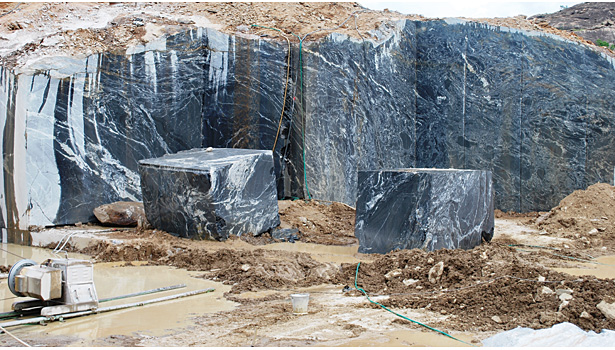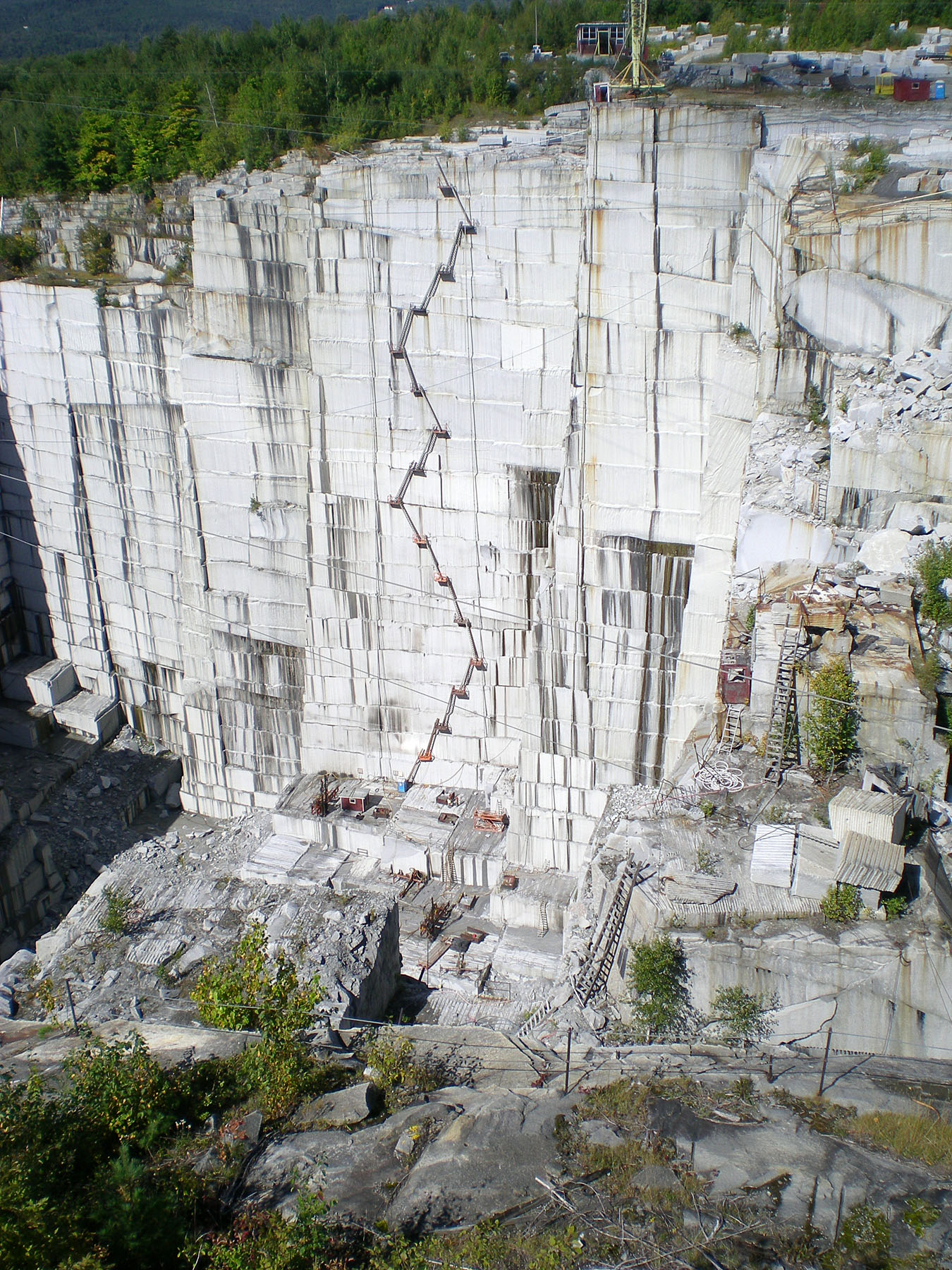The Hidden Gems: Discovering Granite Quarries in South Africa
The Hidden Gems: Discovering Granite Quarries in South Africa
Blog Article
Releasing the Charm and Resilience of Granite Quarry: A Journey With Time
Granite quarries stand as testimonies to both the geological wonders of our world and the enduring workmanship of humanity. The trip through time that granite quarrying represents is an engaging narrative of advancement, willpower, and the elaborate dance in between nature and market. Recognizing the beginnings of this age-old technique, the evolution of strategies and tools used, and the modern value of granite quarrying unveils a tapestry abundant in background and significance. As we peel off back the layers of time and explore the complex globe of granite quarrying, we reveal a tale that not just showcases the appeal and longevity of this magnificent rock however additionally sheds light on the profound impact it has actually had on people previous and present.

The Origins of Granite Quarrying
In the annals of background, the origins of granite quarrying can be traced back to old human beings where the pursuit for long lasting structure materials sustained the appearance of this classic craft. From the stunning frameworks of ancient Egypt to the grandiose holy places of Greece, granite has actually been admired for its toughness, charm, and long life. The Egyptians, with their sophisticated quarrying techniques, were amongst the first to extract granite on a large scale, utilizing it to construct huge pyramids and elaborate sculptures that have actually endured the test of time.
As people progressed, so did the methods of quarrying granite. The Romans further refined the strategies, establishing tools and equipment to remove and transportation granite over vast ranges for their building projects. The toughness and visual charm of granite made it a prized product for cathedrals, monuments, and sculptures throughout the ages.
Today, the tradition of ancient quarrying practices survives on, with modern innovation boosting performance while still paying tribute to the workmanship of our ancestors. The beginnings of granite quarrying offer as a testament to human resourcefulness and the long-lasting allure of this honorable stone.
Devices and Techniques of Quarrying
Exploring the precise craftsmanship of granite quarrying reveals an innovative array of tools and techniques diligently developed over centuries. Quarrying granite calls for specific tools to draw out the stone from the planet efficiently and with precision. Modern quarries utilize diamond-wire saws, high-powered drills, and dynamites to disintegrate the granite in a regulated fashion. These tools permit the extraction of large blocks of granite while minimizing waste and ecological effect.
Along with advanced equipment, standard hand devices are still used in specific quarrying procedures to guarantee delicate precision in removing the stone. Chisels, hammers, and wedges are utilized by skilled quarry workers to separate granite obstructs along all-natural fractures, a method that has actually been passed down with generations.
Furthermore, techniques such as drilling vertical and straight openings for placing feathers and wedges, as well as the regulated usage of dynamites in critical locations, enable quarry employees to extract granite effectively while protecting the honesty of the rock. The harmony between modern innovation and typical craftsmanship is essential to the sustainable quarrying of granite for generations ahead.
Development of Granite Quarries
The makeover of granite quarries in time exposes a fascinating story of technical development and industry evolution. From ancient times where manual devices like knives and hammers were made use of to extract granite blocks, to the industrial revolution introducing steam-powered machinery for faster quarrying, the evolution of granite quarries has been noted by significant advancements. In current decades, the arrival of ruby cord saws and advanced drilling modern click this technologies has revolutionized the extraction process, permitting a lot more specific cuts and lowered wastefulness of resources.

Granite Quarrying in Modern Times
The development of granite quarrying methods from historic reliance on handbook devices to the sophisticated methods of modern-day times emphasizes an impressive journey of technical advancement and sustainability techniques within the industry. In modern granite quarrying, progressed equipment such as diamond cable saws, high-capacity excavators, and electronic drilling devices have actually revolutionized the extraction procedure. These devices improve effectiveness, precision, and safety, enabling larger amounts of granite to be removed in a much shorter duration compared to standard methods.
Furthermore, contemporary quarrying methods prioritize sustainability and environmental stewardship - granite quarries navigate to these guys in south africa. Firms are significantly embracing environmentally friendly approaches like water reusing systems, dirt suppression innovations, and recovery strategies for worn down quarries. These initiatives intend to reduce the ecological effect of granite extraction, save all-natural resources, and recover quarried landscapes to their original state
Additionally, the integration of digital innovations like drones, general practitioner tracking, and 3D modeling has actually enabled quarry operators to enhance operations, improve decision-making, and make certain the sustainable monitoring of resources. By accepting innovation and sustainability, the granite quarrying industry in modern-day times remains to grow while promoting ecological responsibility.

Maintaining and Safeguarding Granite Quarries
Among the evolving landscape of granite quarrying techniques, conservation and security of these beneficial all-natural websites have actually come to be vital worries for sector stakeholders and ecological supporters alike. As granite quarries remain to be an essential resource of this desired stone, it is important to adopt lasting approaches that ensure their long life and protect bordering ecological communities.
Protecting granite quarries entails implementing efficient reclamation strategies to restore the land post-extraction. granite quarries in south africa. This process consists of improving the surface, replanting native plants, and creating habitats for wildlife to prosper. By bring back quarries to their all-natural state, the ecological effect can be minimized, and the appeal of these landscapes can withstand for future generations to value
Moreover, securing granite quarries needs imposing regulations that govern accountable quarrying methods. This includes surveillance water top quality, controlling dirt discharges, and taking care of noise levels to mitigate disturbances to the setting and nearby communities. Collective initiatives in between market gamers, governmental bodies, and conservation teams are vital in maintaining these standards and guaranteeing the lasting use granite quarries.
Conclusion
Finally, the journey through time in granite quarrying reveals the beginnings, tools, methods, and evolution of this technique. The modern era has brought improvements in quarrying methods, allowing the preservation and defense of these useful all-natural sources. It is necessary to remain to promote sustainable techniques to guarantee the charm and sturdiness of granite Source quarries for future generations to value.
Report this page